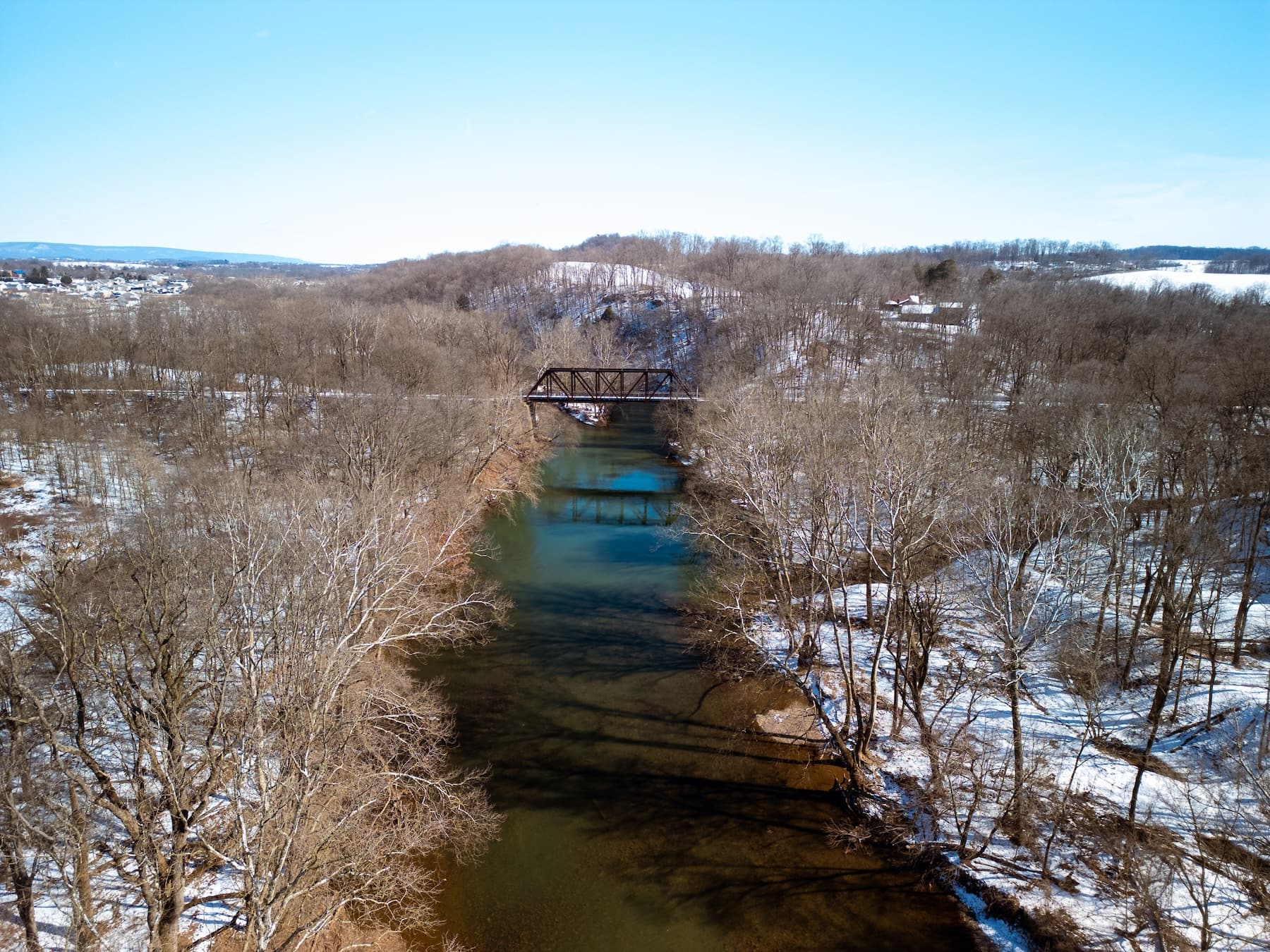The Lebanon School District’s substantial cash reserves and the time-limited availability of millions of dollars of federal COVID relief money have put in motion an ambitious five-year plan to alleviate the chronic overcrowding at city public schools.
At a Monday night public meeting in the Lebanon High auditorium – the third in a series of “Town Halls” – district officials discussed their plan to build a new middle school adjacent to the high school, reconfigure the athletic fields around it, and renovate the existing Lebanon Middle School on North 8th Street.
Read More: Lebanon School District plans to put $40 million building on high school campus.
According to district superintendent Dr. Arthur Abrom, the new middle school will house 7th and 8th graders, and the old middle school will be converted into an intermediate school attended by the city’s 5th and 6th graders. The city’s five elementary schools will house kindergartners through 4th graders.
Abrom said the district has been considering ways to relieve overcrowding since 2018.
Other sites for the new school were considered, Abrom said, including school district property near Northwest Elementary School on the city’s north side, and the old Lebanon Catholic School property on Chestnut Street, but the proximity to Lebanon High and the fact that the district already owned the real estate were the deciding factors.
Renovating and building an addition to the existing middle school was ruled out as too costly.

Abrom and district business manager Curtis Richards told the roughly 100 people in attendance that the anticipated cost of building the new middle school would be paid entirely from the $23 million cash reserve that the district has saved, plus $15 million in federal funds from the Elementary and Secondary School Emergency Relief Fund (ESSERS).
ESSERS was created by the Coronavirus Aid Relief, and Economic Security (CARES) Act.
Because the ESSERS money must be spent, and the new building occupied, by September 2024, the district plans to seek bids next June, award the contract in July or August, and break ground for the new school by September 2022.
Renovation and conversion of the old middle school and re-configuring the athletic fields at the high school will be the second and third parts of the plan, starting in 2023.
Richards said that the district will borrow the money for those phases through a long-term bond issue of roughly $30 million, to be drawn on at about $10 million a year.
Coupled with the district already repaying about $5 million annually of its existing debt, the net cost will be less.
“What you’re going to see,” said Richards, “is that you may be putting on 10 [million dollars of new debt] but you’ll be taking off five [million dollars of old debt].”
Enrollment increases lead to overcrowded schools
Abrom laid out the 30% districtwide enrollment increase between 2003 and 2018, when the district did a capacity study. Total students went from 4,237 to 5,500 in that time.
“When you hear us say we’re the fastest growing school district, or that we’ve increased by 1,300 kids over 15 years, those are actual numbers, bodies in seats.”
And the increases haven’t stopped.
“We’ve enrolled about 860 kids since the school year started,” Abrom said. “If you think about it, that’s another school.”
The problem is most serious at the middle school, which has 1,200 students, well over capacity. And it’s been that way for over a decade. Abrom pointed out that the five temporary classroom trailers in back of the school, which provide an additional 10 classrooms, have been in use for 17 years.
And, more students require hiring more teachers to ensure that state-mandated student-to-teacher ratios are met. That has caused the middle school to have more teachers than it has classrooms, resulting in homeless teachers forced to push carts with their materials from classroom to classroom.
The situation isn’t much better in the city’s five elementary schools. Abrom presented a chart showing that by 2018, two were already over capacity and the other three were over 96% full.
Neighbors have traffic concerns
Several residents of Rex Avenue, a street adjacent to the Lebanon High, expressed concerns that traffic leaving the campus at its south end would use their street as a shortcut to get from South 8th Street to Cornwall Road, rather than going a block further to Wilhelm Avenue. They also said that Rex has been used for parking by people attending events at Lebanon High.
Rex Avenue is located in North Cornwall Township, just across the city line.
School district representatives said that PennDOT will be doing a required traffic study and that input will be sought from the residents and the township.
Lebanon Mayor Sherry Capello added that she was sympathetic to the neighbors’ concerns, and suggested that Rex Avenue be permanently closed at its east end, where it intersects South 8th Street, to prevent through traffic.
Questions about this story? Suggestions for a future LebTown article? Reach our newsroom using this contact form and we’ll do our best to get back to you.

Be part of Lebanon County’s story.
Cancel anytime.
Monthly
🌟 Annual
- Fewer ads
- Member newsletters
- Exclusive events
- All monthly benefits
- Most popular option
- Make a bigger impact
Already a member? Log in here to hide these messages
Help build a better-informed Lebanon County. LebTown’s independent journalism keeps you connected to your community and the issues that matter most. Become a monthly or annual member to support our mission, or make a one-time contribution to expand our coverage. Cancel anytime.


































